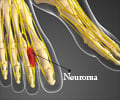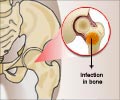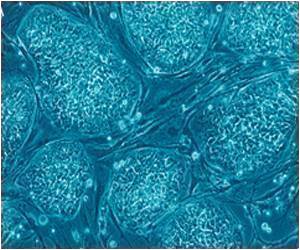More time spent in front of a screen at weekends are linked to lower levels of physical activity; one in five girls and one in four boys have poor bone health.

Lower bone mineral density was linked to weekend screen time, but was only significant among boys, among whom bone mineral density was lower at all the sites tested. Among girls, the positive association was only evident for the femoral neck. After taking account of potentially influential factors, such as age, the degree of sexual maturity, and weekday screen time, the association strengthened for boys.
Two to 4, or more than 6 hours, in front of a screen were linked to statistically significant reductions of bone mineral density at the femoral neck compared with boys clocking up fewer than 2 hours of screen time daily at the weekend. The researchers say that these conflicting results may be related to different factors, as the relationship between fat and bone varies with age and hormones.
They concluded that the study suggests persisting associations of screen based sedentary activities on bone health in adolescence. This detrimental association should therefore be regarded as of public health importance. The research is published in the online journal BMJ Open.
Source-ANI















